Riesling Looks East
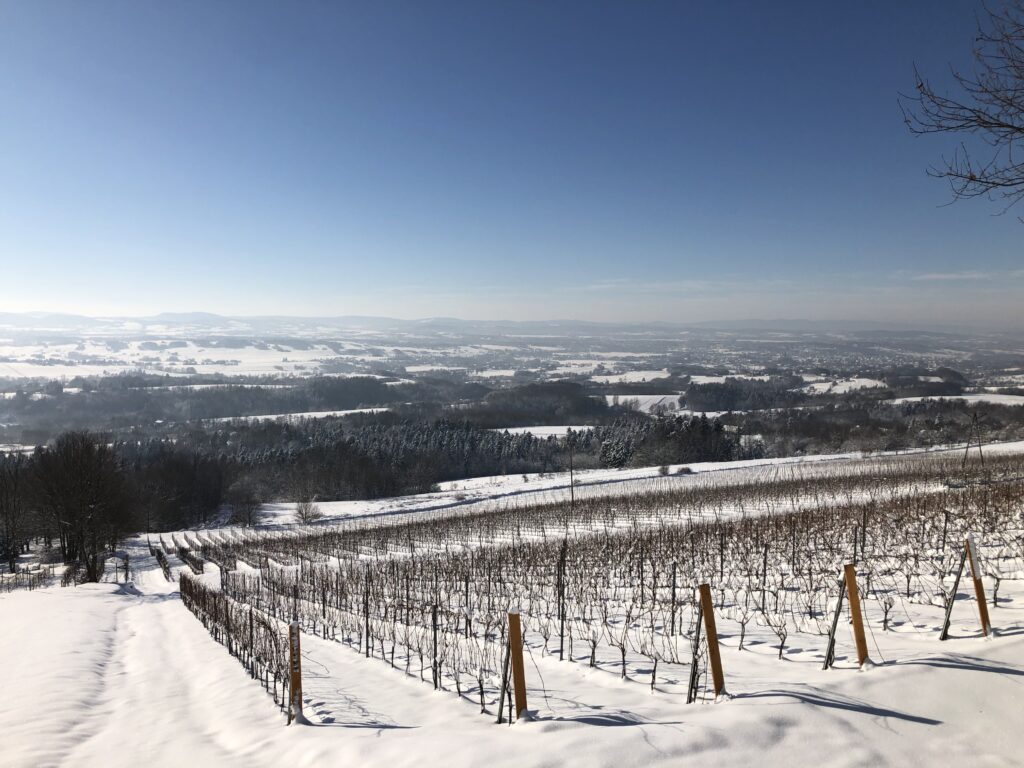
Riesling is Poland’s second most popular grape. Its lure is proving irresistible not only in Zielona Góra and Lower Silesia but also the cooler Lublin region in eastern Poland.

Riesling is Poland’s second most popular grape. Its lure is proving irresistible not only in Zielona Góra and Lower Silesia but also the cooler Lublin region in eastern Poland.
Wojciech Bońkowski is a wine writer from Poland. He is a cofounder of Poland’s Winicjatywa and Ferment, as well as a contributor to Meininger’s Wine Business International, Club Oenologique, and Falstaff. In 2023, he became Poland’s first Master of Wine.
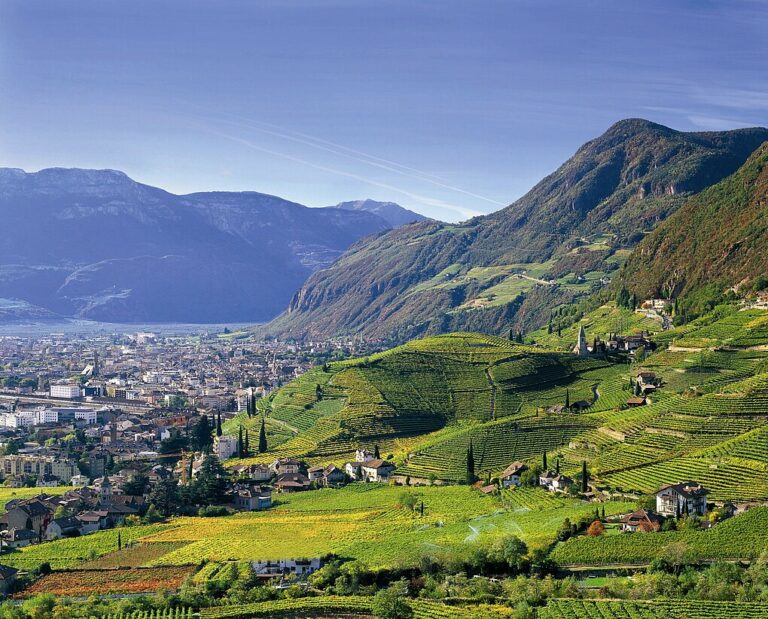
Trink Magazine | St. Magdalener represents perhaps the most powerful and structured of the many Vernatsch expressions in Alto Adige and constitutes an important part of the region’s identity. By Simon Staffler
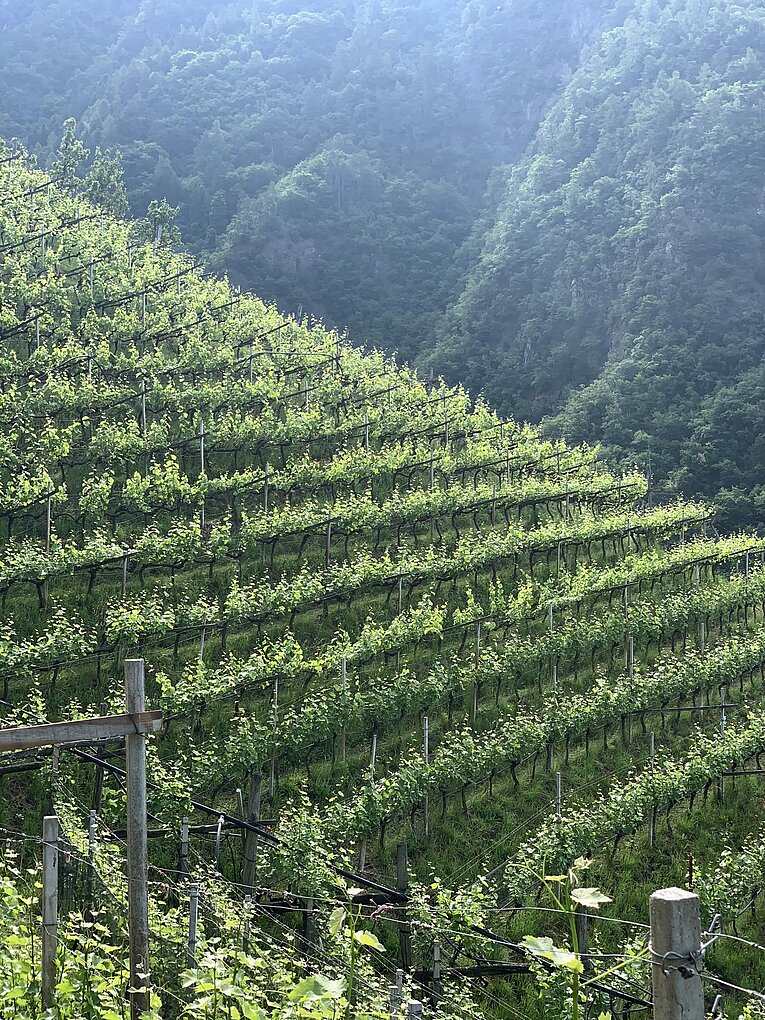
Trink Magazine | A highflying adventure in 4 vintages of Cantina Terlano's reknowned Vorberg wine. By Paula Redes Sidore
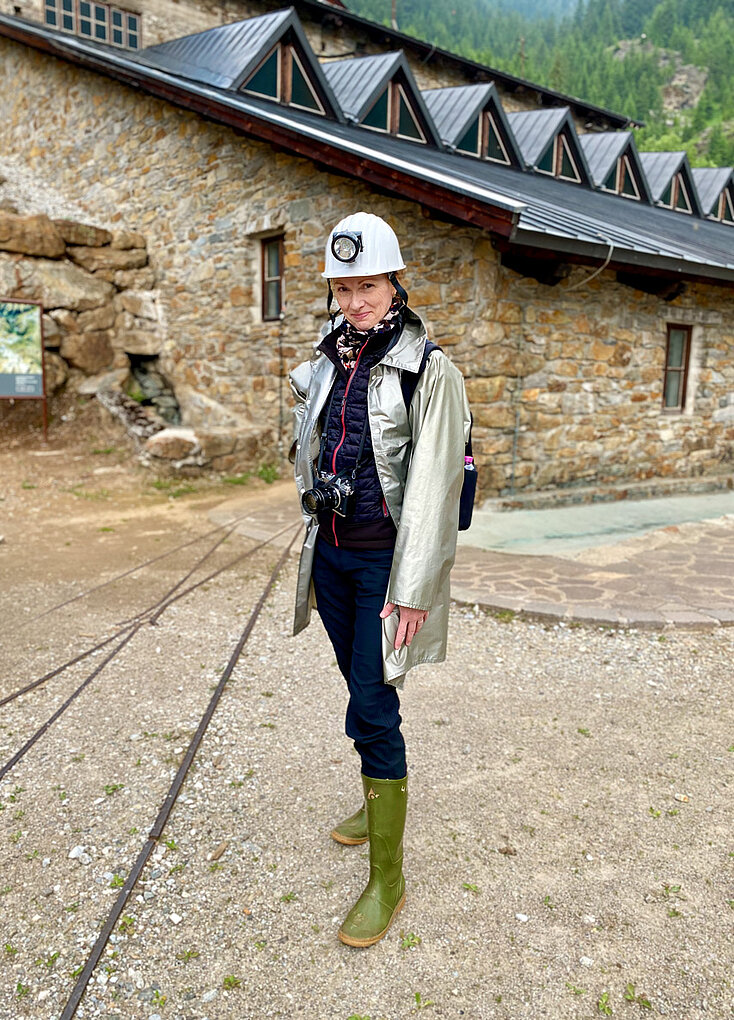
Digging deep with six vintages of the mine-aged iconic Gewürtztraminer Epokale from Cantina Tramin.
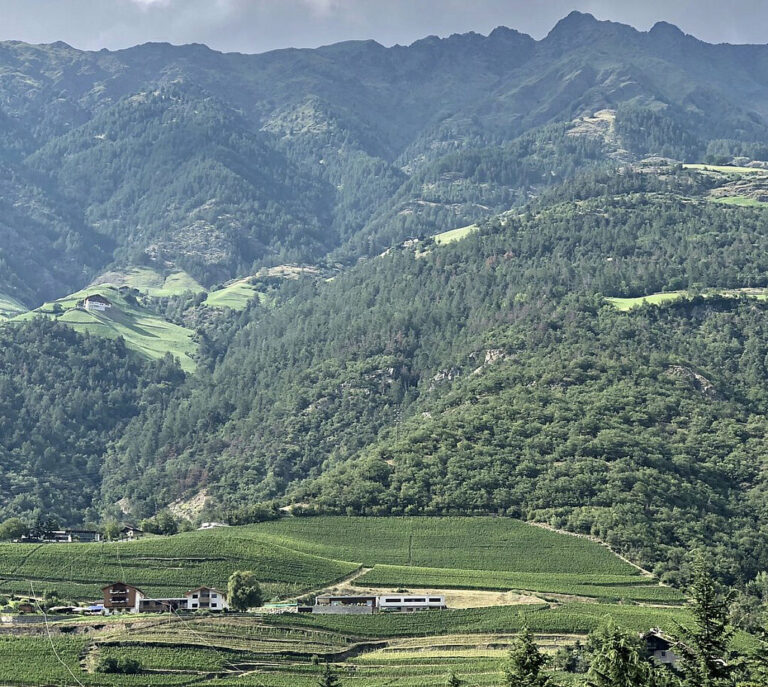
Trink Magazine | With forests, glaciers, and vineyards that soar above 1,300 elevation, the Vinschgau remains a bastion of true cool climate wines. By Valerie Kathawala
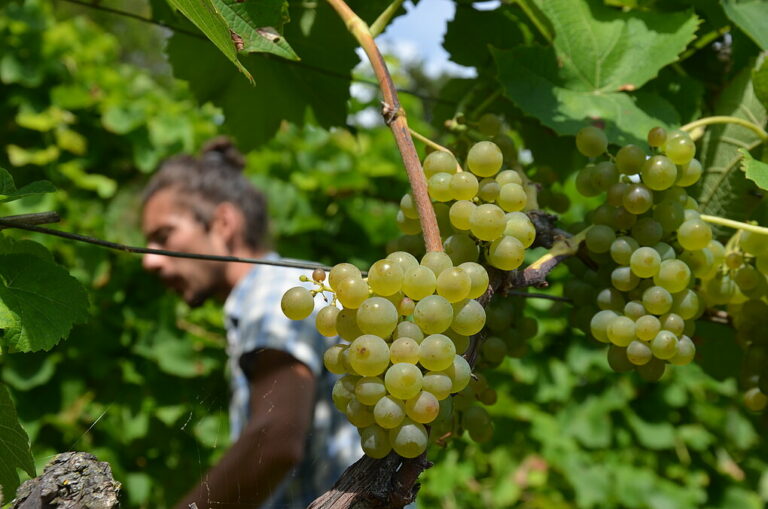
Trink Magazine | Are PIWIs or grape hybrids our viticultural future as the climate crisis makes winegrowing more, not less, challenging? By Christoph Raffelt
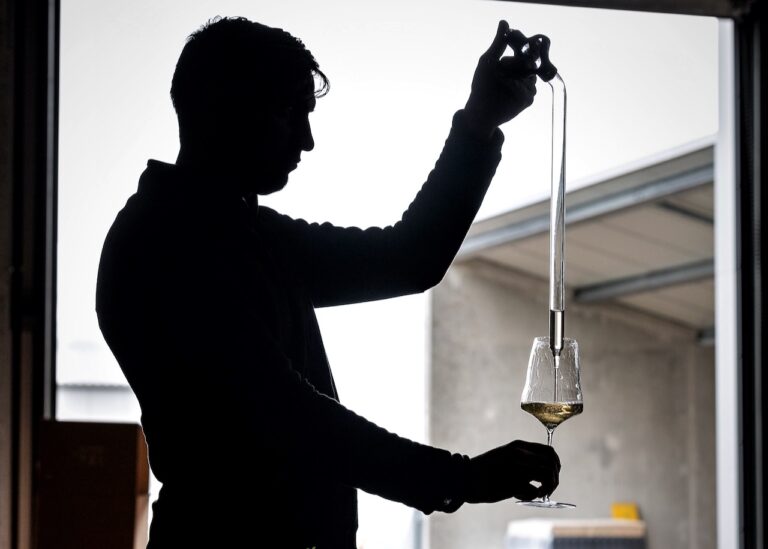
German Chardonnay may be the most thrilling wine for our moment.
Enjoy unlimited access to TRINK! | Subscribe Today